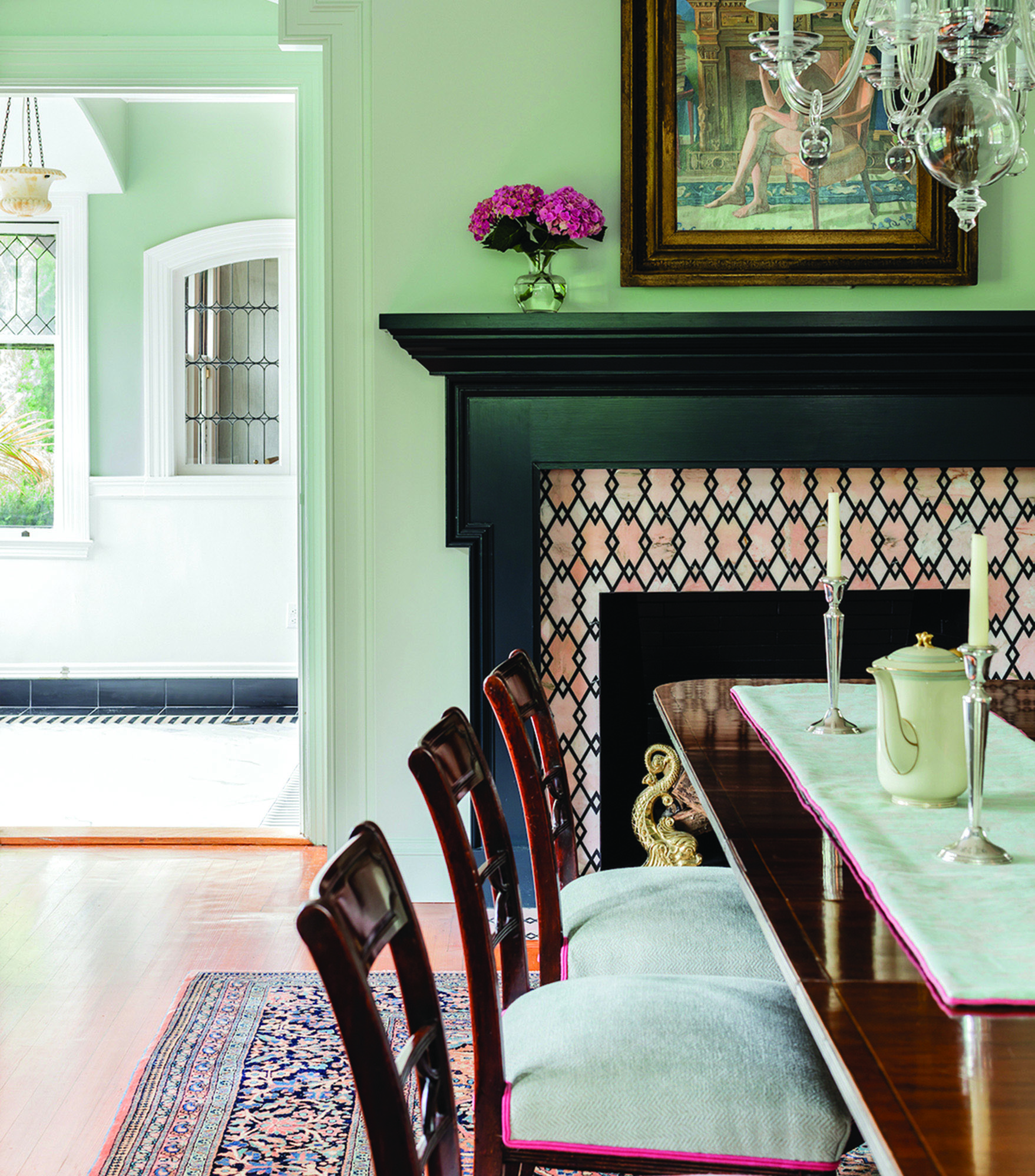
Problem Solving and; Paint Defects
Root Causes of Paint Failure
While a fresh coat of paint will temporarily hide a multitude of problems, at Catchlight, we strive to address rather than simply cover over the root cause. Correcting adverse surface conditions is what distinguishes our professional craftsman from the economy painter.
Paint Failure
Peeling, chipping and blistering are all manifestations of the same basic phenomenon, namely, due to poor adhesion between an underlying surface and the paint film applied to it. Poor adhesion may be the result of moisture transpiration, inadequate preparation or insufficient drying time between coats. Determining which factors are at play is essential to a successful solution.
Moisture-related failure is typically accompanied by staining. Migrating moisture, be it liquid or vapor, tends to transport tannins to the surface where they appear yellow to dark brown in color. Water that migrates through a plaster or masonry surface tends to transport salts that appear as efflorescence, a powdery white residue. Once the source of moisture is identified and the surface properly sealed, staining should not reappear.
Sometimes a plaster or wood substrate may need to be replaced. Catchlight Painting has a full-time carpenter on staff as well as several foremen with extensive experience capable of repairing damaged substrates, inside and out.
Plaster Restoration
Flat plaster shows its age in a number of ways from sagging ceilings to hairline cracks. Fortunately, these problems are easily remedied and the inherent sound absorbing qualities of original plaster can be retained. Where the plaster ‘key’ has broken (the key is the part of the original coat that is forced between the gaps in the lath and so hold the plaster to the ceiling or wall) plaster buttons are used to secure sagging plaster through the lathe to the studs and joists. Calcimine failures, the bane of many a homeowner, are easily rectified with proper knowledge.
Natural Finishes
Over the years, repeated application of varnish or shellac coatings to original woodwork tends to produce a dark alligatored finish, opaque enough to hide the beauty of the wood grain beneath. At Catchlight we take great care in our handling of original woodwork and employ a variety of non-toxic materials to restore or remove clear finishes.
Wood Restoration
Specialty resins designed to expand and contract with wood as temperatures fluctuate make possible the repair of rotted wood, sometimes eliminating the need to replace damaged sections of trim. Don’t mistake automotive epoxy fillers, red in color, with a cellulosic-specific epoxy!
